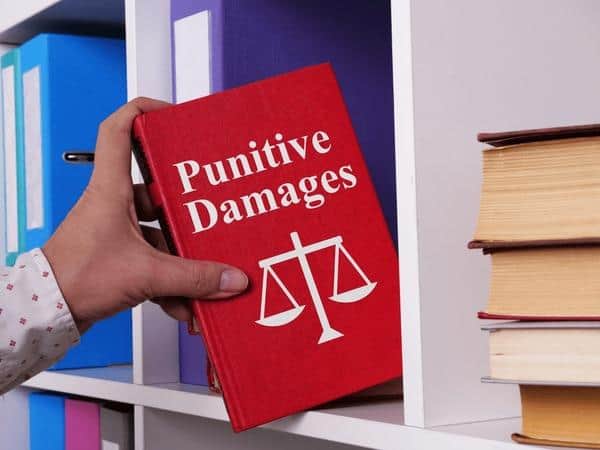
Justice demands more than simple compensation when someone suffers harm due to another’s reckless or malicious actions. Courts award punitive damages to discipline the responsible party and deter future repetition of such behavior. These damages go beyond medical bills and lost wages; they strike at the heart of misconduct.
While many focus on compensation, few realize the decisive role punitive damages play among the legal remedies available for personal injury victims. Judges and juries use this legal tool to communicate clearly that harmful conduct carries serious consequences.
In this piece, you’ll discover how punitive damages work, what qualifies for them, and why they matter in the fight for accountability.
What Are Punitive Damages?
Punitive damages punish a wrongdoer for outrageous conduct. Courts reserve these damages for cases involving gross negligence, fraud, or intentional harm. Unlike compensatory damages, which repay actual losses, punitive damages focus entirely on punishing the defendant and sending a warning to others.
Judges describe punitive damages as a legal way to express moral outrage. When someone completely disregards human safety, the law applies more than just a financial bandage; it delivers a decisive blow to the offender’s wallet.
When Do Courts Award Punitive Damages?
Courts do not hand out punitive damages lightly. Plaintiffs must show more than simple negligence. Evidence must prove that the defendant acted recklessly, maliciously, or deceitfully. For example, a drunk driver who speeds through a school zone triggers the kind of misconduct that draws punitive action.
In many jurisdictions, the plaintiff must prove the defendant’s misconduct with clear and convincing evidence. This standard rises above the usual burden of proof in civil cases. The court examines the motives behind the action and the level of harm caused.
How Do Punitive Damages Differ from Other Damages?
Compensatory damages compensate for lost wages, medical expenses, and pain and suffering. Punitive damages are never intended to compensate the victim directly; instead, they serve to punish and deter. Their amount depends on the severity of the misconduct and the defendant’s wealth.
For instance, if a major corporation knowingly sells a dangerous product, the court may award millions in punitive damages to ensure the company changes its behavior. The goal is to make the cost of wrongdoing higher than any potential profit.
Limits and Guidelines
Most states place limits on punitive damages. Some set a cap based on a multiplier of compensatory damages, while others use a fixed dollar limit. Courts must weigh fairness, the nature of the wrongdoing, and the proportionality of the award.
The U.S. Supreme Court also imposes constitutional boundaries. It ruled that punitive damages must bear a reasonable relationship to actual harm. A court will not uphold a billion-dollar punitive award for a minor injury unless the conduct justifies that scale.
Why Punitive Damages Matter
Punitive damages serve a public purpose. They expose bad behavior and encourage accountability. Without them, individuals and corporations might treat misconduct as a business expense. These damages convey to society that some actions warrant more than just repayment; they demand consequences.
When courts award punitive damages, they send a strong message: no one rises above the law. Wrongdoers pay not just for the harm they cause but also for the danger they pose.
Punitive damages are the justice system’s sharpest warning against reckless or intentional harm. They do more than compensate; they punish, prevent, and protect. In the world of personal injury law, they ensure that bad actors feel the weight of their actions and think twice before repeating them.




